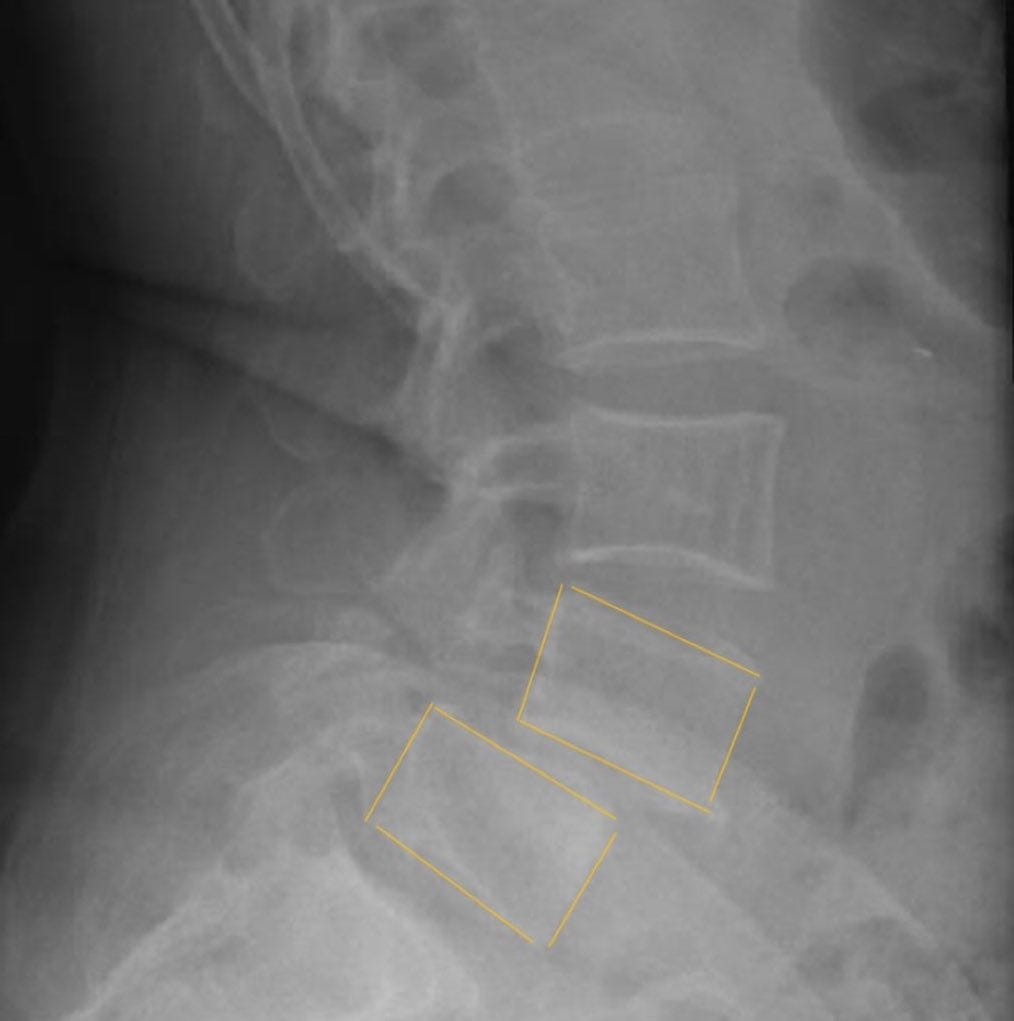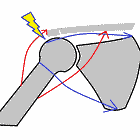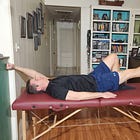Each spinal curve is unique, and why you should know yours
This is not medical advice.
I was seeing a patient with this condition many years ago (this is not her xray, just similar condition). This film suggests that this person has too much curve or arch in her lower back. She had been seeing a massage therapist, who was having her lie on her stomach, and the massage therapist was walking on her back for the massage. The massage therapist was likely pushing the vertebrae forward even more. This is not a hit piece on massage, which I think helps many conditions, but as with any diagnosis, we need context.
The diagnosis
This picture above is a condition called spondylolisthesis. In very basic terms, it means that the vertebrae are sliding (usually forward, although there is also backwards) on each other. Nerve roots exit between the vertebrae, so they are likely pinched or disrupted by this poor alignment.
In the big picture, this film also suggests that this person has too much spinal curve, or lower back arch. Most of the narratives in arm chair health suggests that everyone needs a lumbar support or more arch for better posture.
This case is likely bad enough that a lumbar support might help the spine feel better supported, but I would not encourage more arch.
A picture is worth…
McKenzie extension can be a very effective way of decreasing some people’s lower back pain. Picture lying on your stomach, up on your elbows. This posture does help some people. However, it is not for everyone, especially that case pictured above. I have met people in our industry who don’t look at x-rays, yet will prescribe the same exercises to every patient.
Sometimes it’s not their fault. The education and medical industry have taught us to “stay in our lanes.” Radiology is not our expertise, and we are not legally allowed to interpret films.
You have to protect yourself
This is not a hard concept to understand. I think most people can see the difference between the film at the top, and this film below.
This person has almost no natural curve. They might benefit from McKenzie extension, and increased lordosis or lumbar curve.
The Big Picture
The overall back posture is not the focus of the medical industry. The radiologist does not call the therapist, and say “hey, I think they would benefit from some exercises in this posture.” The industry looks for billable diagnosis codes. Specific problems.
For me, this is what I have noticed as the best course of action to help people with their lower back pain.
The Neck
The neck curve is a similar situation. Look at your films. I have some people prescribe chin tucks to every patient. Does every patient need the same exercise?






